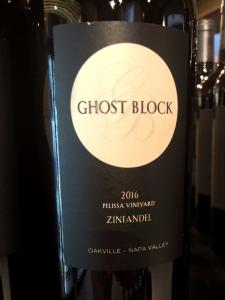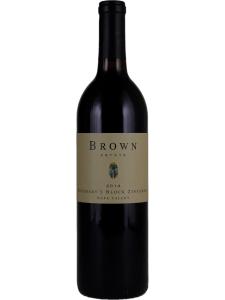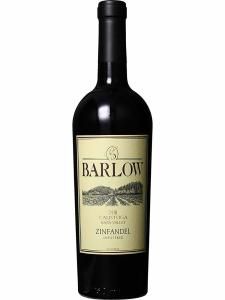-
中文名:
-
英文名:Zinfandel
-
种植区域:
-
香气:
-
颜色:
Zinfandel (or "Zin", as it is affectionately known in the United States) is a dark-skinned red wine grape variety widely cultivated in California. It arrived in the Americas from Europe in the early years of the 19th Century, and was an immediate success in both Napa and Sonoma counties, which remain its strongholds today.
After 30 years of discussion and disagreements (including legal intervention by the Bureau of Alcohol, Tobacco and Firearms), DNA research carried out by Carole Meredith of the University of California at Davis from the early 1990s to 2002 (known as the Zinquest) confirmed that Zinfandel is identical to Italy's Primitivo. But although this research closed the debate over whether Zinfandel is Primitivo, it opened up an even older chapter of the variety's history. We know that Primitivo arrived in Italy via Croatia, where it was known by various names including Tribidrag and Crljenak Kastelanski. But the question of whether Zinfandel arrived in the U.S. from Italy or via another route remains unanswered. So the question is now: is Zinfandel Primitivo, or Tribidrag, or both? Another unsolved mystery is the linguistic origin of the word Zinfandel.
Zinfandel has been used to make various styles of wine since it arrived in the USA, including dry and sweet red wines and the famous White Zinfandel blush, created to cater for a white wine-drinking American consumer base of the 1970s. The arrival of this new wine style in the early 1970s led to an explosion of Zinfandel plantings – perhaps ironic given that the style of wine was created to find a use for the swathes of underused Zinfandel vines already in existence.
By the 1990s the popularity of dry red Zinfandel had given these plantings a new raison d'etre, although they were still being used to generate many millions of liters of sweet pink blush every year. Today, red Zinfandel has risen to become the signature wine of the U.S., not due to the quality of wine it produces, but because it is as close to an "American" variety as vinifera vines get. The discovery that it was an Italian variety in disguise led to mixed reactions, including pride at the association with a prestigious wine nation, but also a certain uneasiness that Zinfandel had lost some of its American individuality.
Outside the U.S., the variety is grown in South Africa and Australia, where it has been bottled as both Zinfandel and Primitivo. It hasn't acquired any particular significance in either of these countries – more a product of a few key producers than an independent grape variety. Also, as Australia has a developed a strong tradition in Shiraz, there is little motivation to bring in and develop a similar variety to compete with it. The Cape Mentelle winery of Margaret River has taken up the reins as an Australian pioneer of Zinfandel.
During the 1970s, various Italian producers began labeling their Primitivo wines as Zinfandel, to cash in on Zinfandel's popularity on the U.S. market. Now, the reverse is happening; as Primitivo's star rises once again in Italy (most notably in Manduria), a number of Californian vineyards (mostly those of Italian heritage) now label their Zinfandel wines as Primitivo.
Almost unaffected by the politics and wranglings between Italy and the U.S., the winemakers of Croatia have carried on producing deeply colored, full-bodied red wines from their Crljenak Kastelanski and Tribidrag grapes. Interest in these otherwise-obscure wines has naturally increased following the Primitivo/Zinfandel debate, so many of them are now available in various countries around the world.
Synonyms include: Primitivo, Crljenak Kastelanski, Pribidrag, Tribidrag, Kratosija.
Food matches for Zinfandel include:
- Puglian spit-roasted lamb
- East Texas-style barbecue
- Dark chocolate cake
Enjoy this video about Zinfandel wine...





